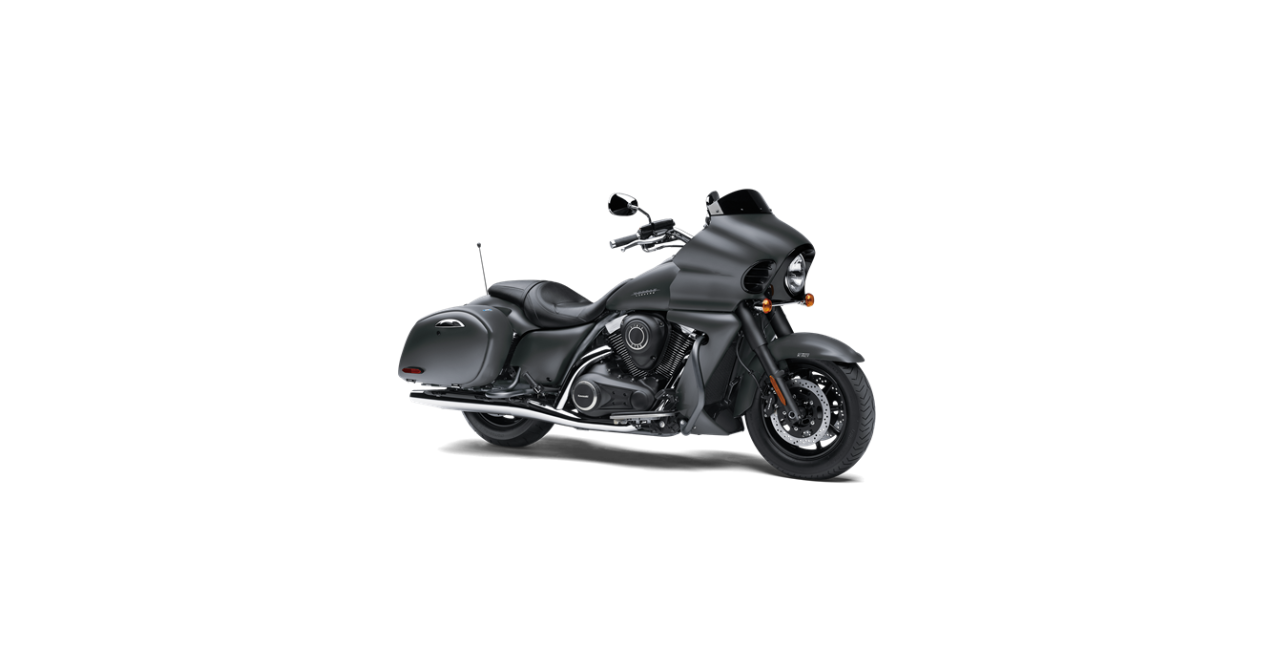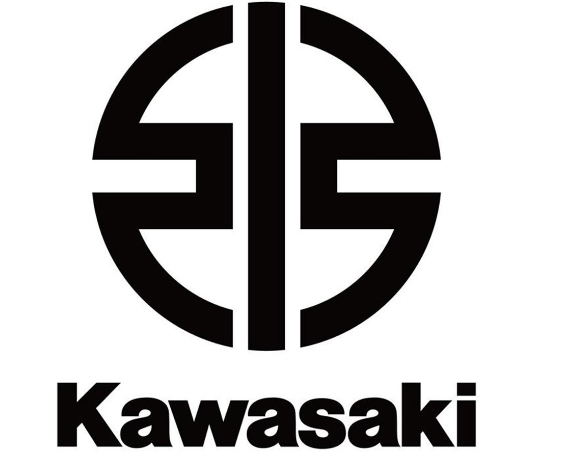2022 Kawasaki Vulcan 1700 Vaquero ABS Wheels
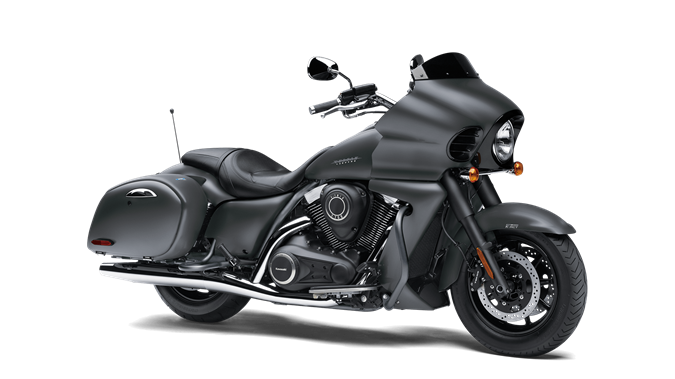
Wheels
Tubeless tires are installed on the wheels of this motorcycle. The indications of TUBELESS on the tire sidewall and the rim show that the tire and rim are specially designed for tubeless use.
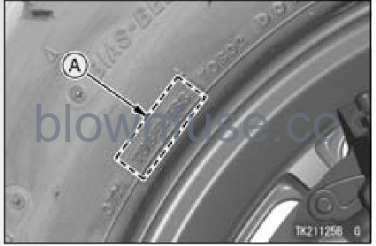 A. TUBELESS Mark
A. TUBELESS Mark
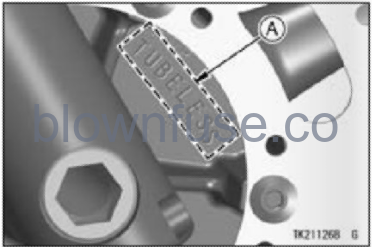 A. TUBELESS Mark
A. TUBELESS Mark
The tire and rim form a leakproof unit by making airtight contacts at the tire chamfers and the rim flanges instead of using an inner tube.
WARNING
Installing a tube inside a tubeless-type tire can create excessive heat build-up that can damage the tube and cause rapid deflation. The tires, rims, and air valves on this motorcycle are designed only for tubeless-type wheels. The recommended standard tires, rims, and air valves must be used for replacement. Do not install tube-type tires on tubeless rims. The beads may not seat properly on causing tire deflation. install a tube inside a tire. Excessive heat may damage the tube tire deflation. The rim does not have tubeless build-up causing tire deflation.
Tires
Payload and Tire Pressure Failure to maintain proper inflation pressures or observe payload limits for your tires may adversely affect the handling and performance of your motorcycle and can result in loss of control. The maximum recommended load in addition to vehicle weight is 180 kg (397 lb), including rider, passenger, baggage, and accessories.
- Remove the air valve cap.
- Check the tire pressure often, using an accurate gauge.
- Make sure to install the air valve cap is securely.
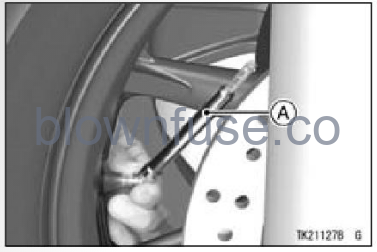 A. Tire Pressure Gauge
A. Tire Pressure Gauge
NOTE
- Measure the tire pressure when the tires are cold (that is, when the motorcycle has not been ridden more than a mile during the past 3 hours).
- Tire pressure is affected by changes in ambient temperature and altitude, and so the tire pressure should be checked and adjusted when your riding involves wide variations in temperature or altitude.
Tire Air Pressure (when cold)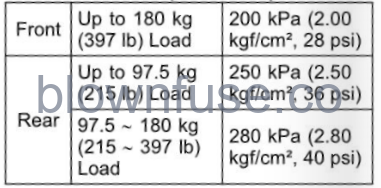
Tire Wear, Damage
As the tire tread wears down, the tire becomes more susceptible to puncture and failure. An accepted estimate is that 90% of all tire failures occur during the last 10% of tread life (90% worn). So it is false economy and unsafe to use the tires until they are bald. In accordance with the Periodic Maintenance Chart, measure the depth of the tread with a depth gauge, and replace any tire that has worn down to the minimum al- Towable tread depth.
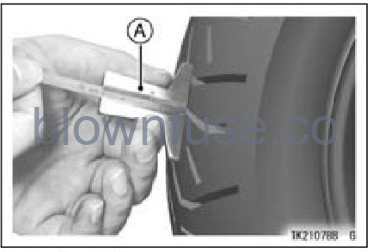 A. Tire Depth Gauge
A. Tire Depth Gauge
Minimum Tread Depth
- Visually inspect the tire for cracks and cuts, replacing the tire in case of bad damage. Swelling or high spots indicate internal damage, requiring tire replacement.
- Remove any embedded stones or other foreign particles from the tread.
NOTE
Have the wheel balance inspected whenever a new tire is installed.
WARNING
Tires that have been punctured and repaired do not have the same capabilities as undamaged tires and can suddenly fail, causing an accident resulting in serious injury or death. Re- place damaged tires as soon as possible. To ensure safe handling and stability, use only the recommended standard tires for replacement, inflated to the standard pressure. If it is necessary to ride on a repaired tire, do not exceed 100 km/h (60 mph) until the tire is replaced.
NOTE
When operating on public roadways, keep maximum speed under traffic law limits.
Standard Tire Tubeless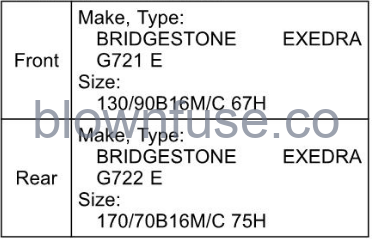 WARNING
WARNING
Mixing tire brands and types can adversely affect handling and cause an accident resulting in injury or death. Always use the same manufacturer’s tires on both front and rear wheels.
WARNING
New tires are slippery and may cause loss of control and injury. A break-in period of 160 km (100 miles) is necessary to establish normal tire traction. During break-in, avoid sudden and maximum braking and acceleration, and hard cornering.
